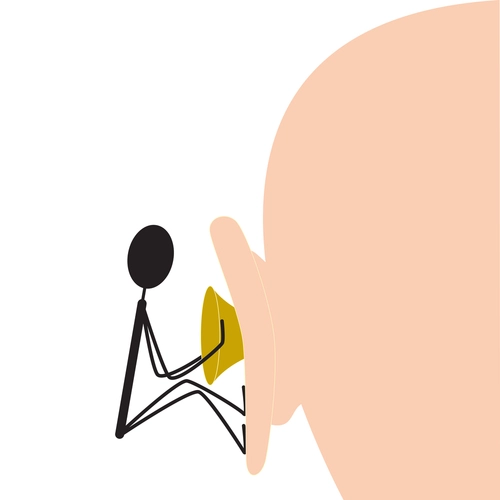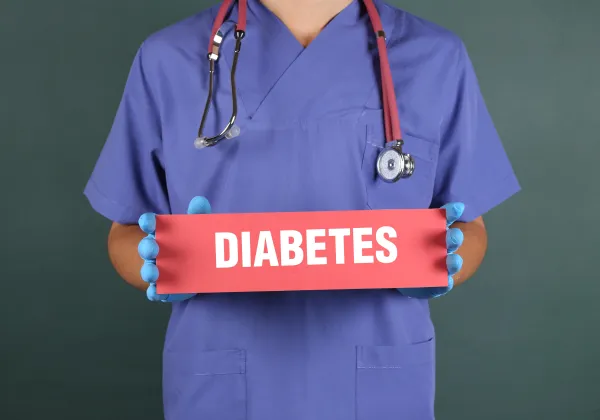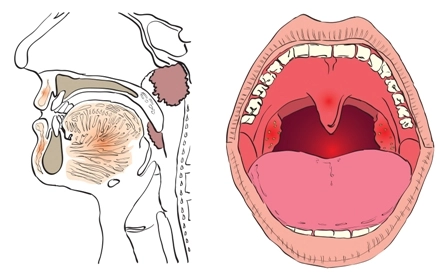Check Your Responses to Our ENT Coding Quiz
Grab your answers and see if you really are an ENT coding expert. Once you’ve answered the four quiz questions starting on page 3, compare your answers with the ones provided below. Use Caution When Choosing Between ‘Other’ and ‘Unspecified’ Answer 1: Remember, “unspecified codes are assigned when neither the diagnostic statement nor the documentation provides enough information to assign a more specific code,” says Chelle Johnson, CPMA, CPC, CPCO, CPPM, CEMC, AAPC Fellow, billing/credentialing/auditing/coding coordinator at County of Stanislaus Health Services Agency in Modesto, California. “Other” codes are used when the diagnosis is specific but does not fit into any of the other categories provided by ICD-10-CM. In this case, ICD-10-CM directs you to use J01.80 (Other acute sinusitis) only when more than one sinus, but not all, is infected or inflamed. Since the provider didn’t specify how many sinuses are affected, you would have to use the unspecified code. Best practice would be to query the provider for additional information on the sinuses involved to enable you to use a more specific code. Look for Clues That Indicate Infection or Ear Pain Answer 2: “This would depend on the medical decision making of the provider,” says Johnson. If your physician found that the patient had “an infection of the middle ear accompanied by a buildup of fluid,” Johnson elaborates, “then you would code H66.001 [Acute suppurative otitis media without spontaneous rupture of ear drum, right ear].” However, “if no otitis is found, then H92.01 [Otalgia, right ear] will be the correct diagnosis code,” according to Donelle Holle, RN, president of Peds Coding Inc., and a healthcare, coding, and reimbursement consultant in Fort Wayne, Indiana. Without a specific mention of infection, “the coder would select otalgia,” Johnson concurs. Assess How Extensive Approach Is for Epistaxis Control Answer 3: Due to the extent of the procedure, you would code 30903 (Control nasal hemorrhage, anterior, complex (extensive cautery and/or packing) any method). Additionally, the procedure “does not stipulate unilateral or bilateral,” Holle notes. So, per CPT® instructions, you would append modifier 50 (Bilateral procedure) to indicate that the physician performed the procedure on both nostrils. However, you should check with your payer first to make sure this is the preferred modifier, as some payers may want you to report LT (Left side) and RT (Right side) in these circumstances. No Strep, Now What? Answer 4: There is no confirmed diagnosis, so you should document the patient’s signs and symptoms, such as J35.1 (Hypertrophy of tonsils), R51.9 (Headache, unspecified), R11.10 (Vomiting, unspecified), and R50.9 (Fever, unspecified). This, and the fact that the physician will “counsel the parents/caregiver on why the child has the fever, headache, and vomiting could justify a higher level of care such as 99214 [Office or other outpatient visit for the evaluation and management of an established patient ...],” Holle suggests. If your physician indicated that the patient had been exposed to strep, you would also code Z20.818 (Contact with and (suspected) exposure to other bacterial communicable diseases) to provide even more justification for ordering the strep test. More than likely, 87880 (Infectious agent antigen detection by immunoassay with direct optical (ie, visual) observation; Streptococcus, group A) “would be used to code the rapid strep test if performed in the office,” Johnson points out. Click here to go back to the quiz.




